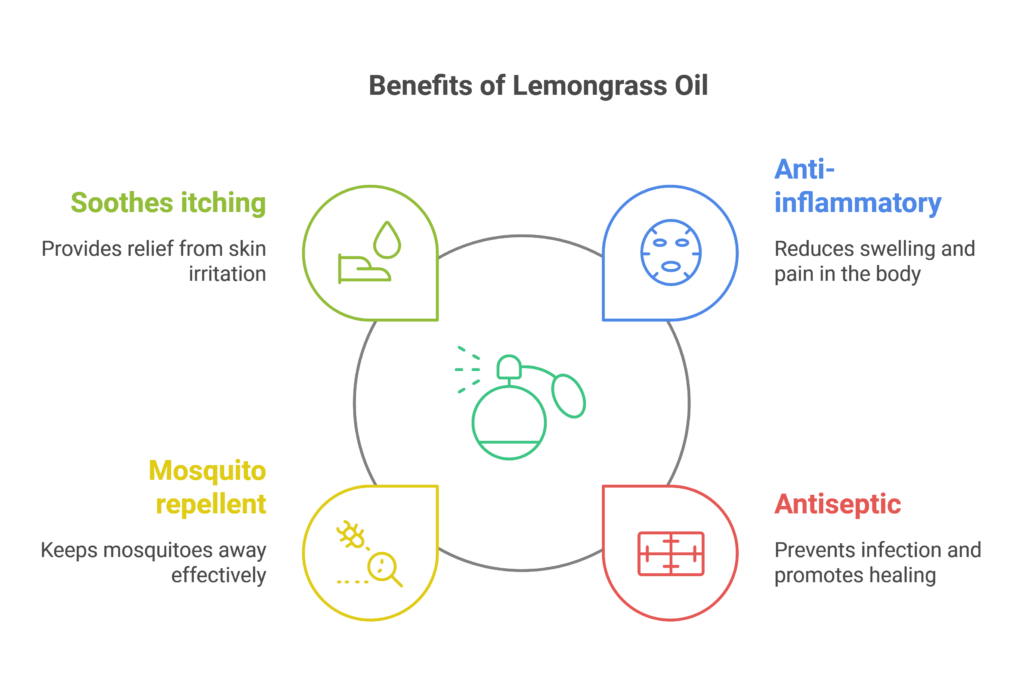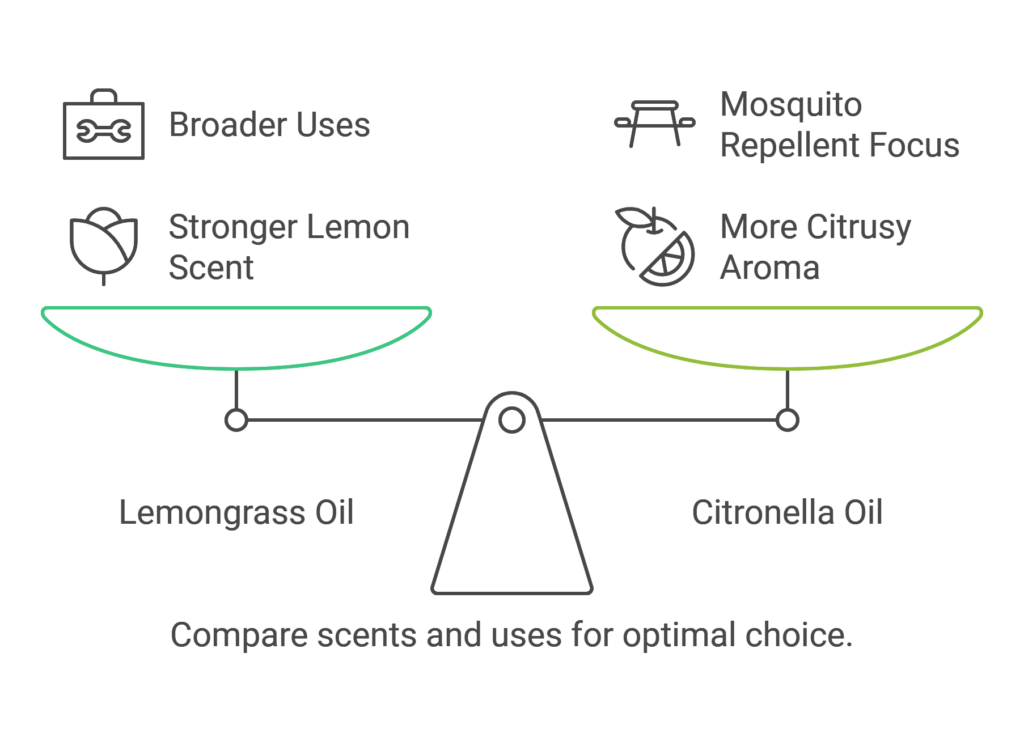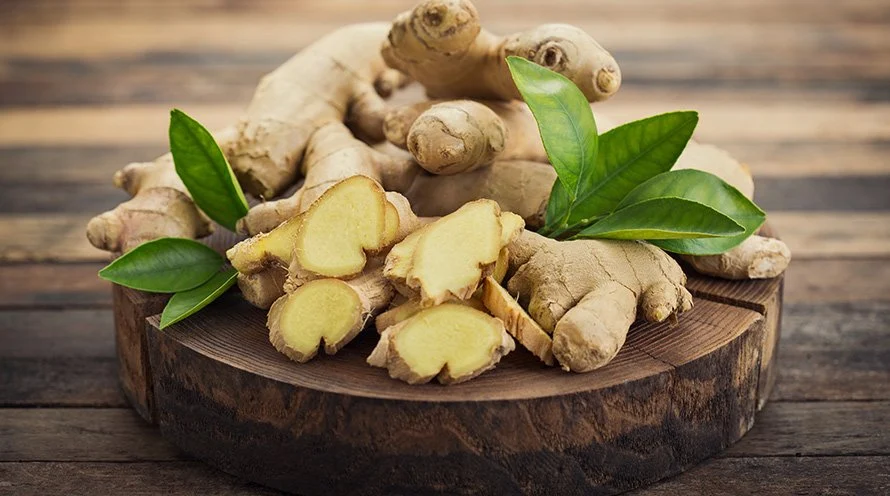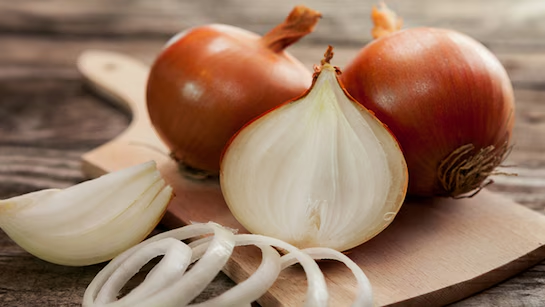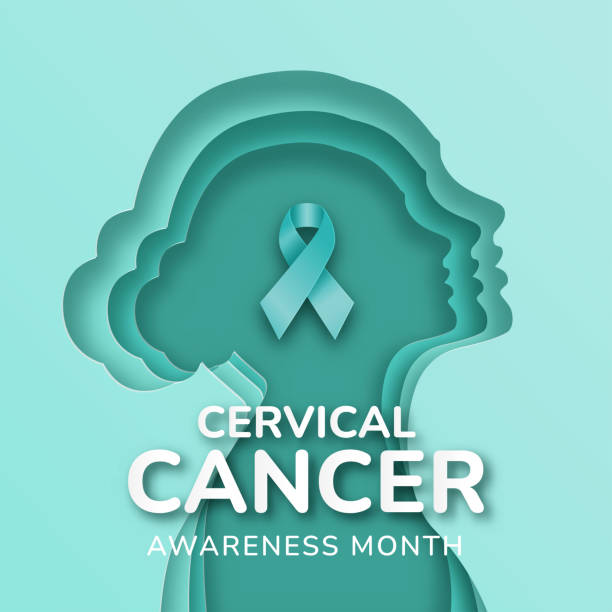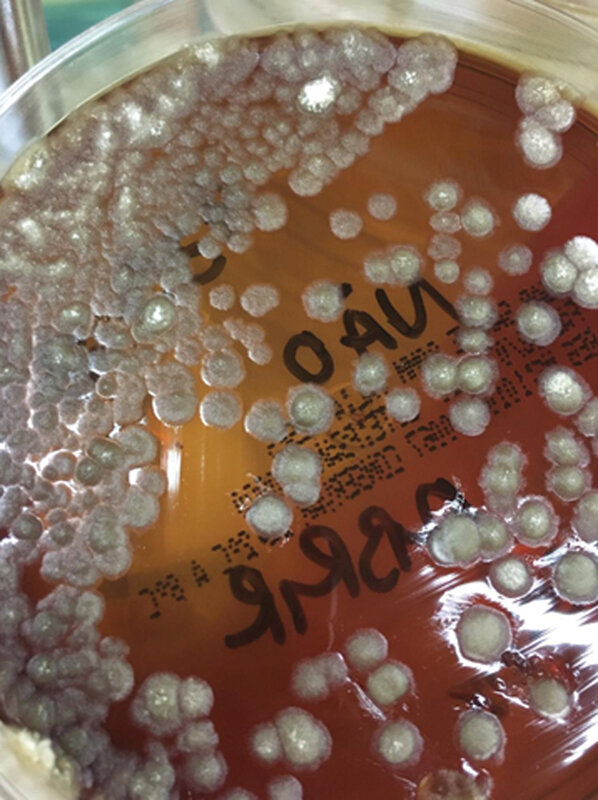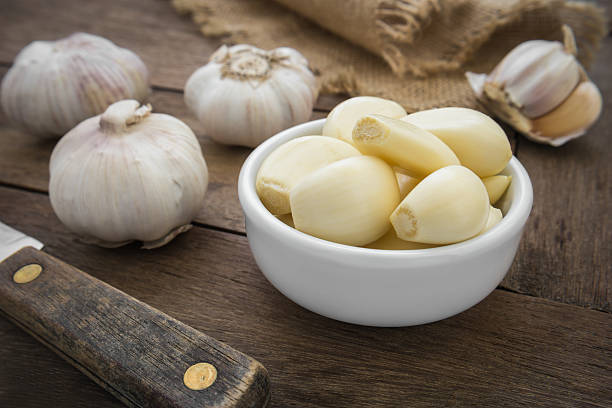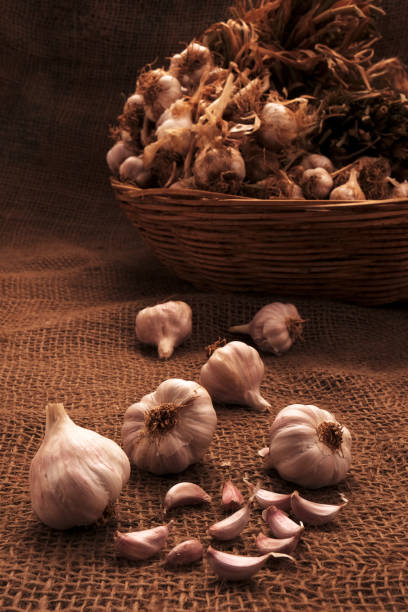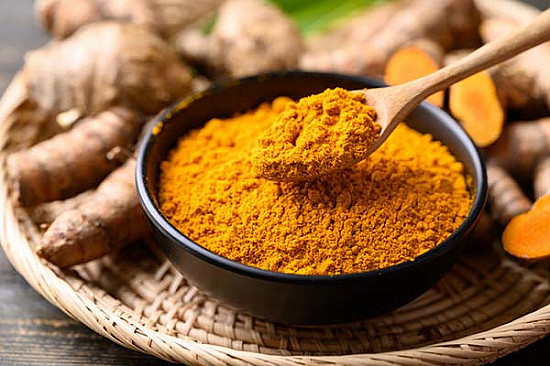Post-orgasmic clarity—often referred to as “post-nut clarity”—is a fascinating phenomenon. It’s a moment of heightened focus, relaxation, and self-awareness that can be harnessed for personal and professional growth. Here are 10 secrets to leveraging this clarity for peak performance, supported by science and actionable tips.
1. Embrace the Energy Surge
After orgasm, the body releases neurotransmitters such as dopamine, endorphins, and oxytocin. According to an article by Healthline, these chemicals play a vital role in promoting relaxation and reducing stress. This biochemical cocktail often results in a surge of energy. Use this time to tackle challenging tasks or engage in activities requiring focus and vigor. For example, physical exercise or starting a creative project can channel this energy productively. Optimize your post-nut clarity by exploring effective strategies to boost energy naturally.
2. Engage in Creative Pursuits
Post-orgasmic clarity can unlock a wellspring of creativity. Writing, painting, or brainstorming new ideas during this period can yield innovative results. Creative activities have been shown to increase cognitive flexibility by up to 30%, enhancing problem-solving skills. Harvard Business Review highlights how creativity can drive innovation and problem-solving in personal and professional contexts. Enhance your creative mindset by trying activities that stimulate your imagination.
3. Practice Mindfulness
The heightened focus accompanying post-nut clarity makes it a perfect time to practice mindfulness. Deep breathing, yoga, or meditation can help you connect with the present moment, reduce stress, and improve mental clarity. The Mayo Clinic outlines the benefits of mindfulness practices for managing anxiety and improving focus. Discover mindfulness techniques to enhance your emotional well-being.
4. Set Intentions
Use this moment of clarity to reflect on your goals and values. Setting intentions—whether they’re daily, weekly, or long-term—can align your actions with your aspirations. Studies show that goal-setting improves success rates by 20%. Learn to set effective intentions that guide your path to success.
5. Prioritize Tasks
The improved decision-making abilities during post-nut clarity can help you prioritize tasks effectively. Techniques like the Eisenhower Matrix or the Pomodoro Technique can optimize productivity. For a detailed guide on these methods, refer to a resource like Todoist’s productivity blog. Breaking large tasks into manageable steps reduces overwhelm and increases motivation. Master task prioritization for better efficiency and reduced stress.
6. Engage in Physical Activity
Exercise during this period amplifies the release of endorphins and reduces stress. Activities like running, swimming, or yoga can further enhance your mental clarity and boost mood. The American Psychological Association discusses how regular exercise improves mental health and cognitive function. A short walk can do wonders for clearing your mind and re-energizing your body. Discover the benefits of exercise to enhance both physical and mental health.
7. Seek Intellectual Stimulation
Challenge your mind with reading, puzzles, or learning a new skill. A study published by Frontiers in Psychology highlights how such activities can increase neuroplasticity and cognitive resilience. Post-nut clarity amplifies cognitive benefits, improving memory and problem-solving skills. Engaging in intellectually stimulating activities can enhance cognitive flexibility by up to 20%. Stimulate your mind with activities that boost focus and cognition.
8. Connect with Others
This is an excellent time to strengthen relationships. Sharing your thoughts and experiences with loved ones or colleagues can foster deeper connections. Social interactions can increase feelings of happiness by up to 25%. A study by the National Institute on Aging emphasizes the importance of social connections for emotional well-being and longevity. Explore ways to build meaningful connections that improve your relationships and well-being.
9. Journal Your Reflections
Capture your thoughts, insights, and emotions in a journal. Regular journaling enhances self-awareness and helps identify patterns in behavior and thought processes. Psychology Today outlines how journaling can be a therapeutic tool for emotional clarity and personal growth. It’s also a great way to track progress toward your goals. Learn journaling tips that foster self-awareness and personal growth.
10. Practice Self-Reflection
Use this time to examine your actions, emotions, and relationships. Self-reflection fosters personal growth and improves decision-making. A report from the Greater Good Science Center at UC Berkeley discusses how self-reflection can lead to greater emotional intelligence and life satisfaction. Ask yourself meaningful questions or seek feedback from trusted individuals. Practice self-reflection techniques to develop greater self-awareness and clarity.
References
- Healthline: The Science Behind Post-Orgasm Relaxation
- Harvard Business Review: Creativity and Problem Solving
- Mayo Clinic: Mindfulness and Anxiety Management
- Todoist Blog: Productivity Methods
- American Psychological Association: Benefits of Exercise
- Frontiers in Psychology: Neuroplasticity and Cognitive Resilience
- National Institute on Aging: The Importance of Social Connections
- Psychology Today: Journaling for Emotional Clarity
- Greater Good Science Center: Emotional Intelligence Through Self-Reflection
Conclusion
Post-nut clarity offers a unique window of opportunity to optimize your mental and physical performance. By embracing these 10 secrets, you can harness this natural phenomenon to achieve greater self-awareness, productivity, and well-being. Start incorporating these tips into your daily routine and unlock your full potential.


